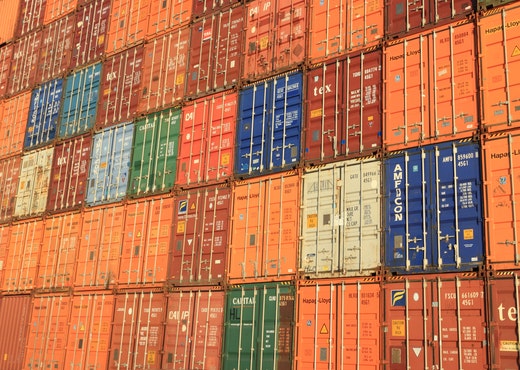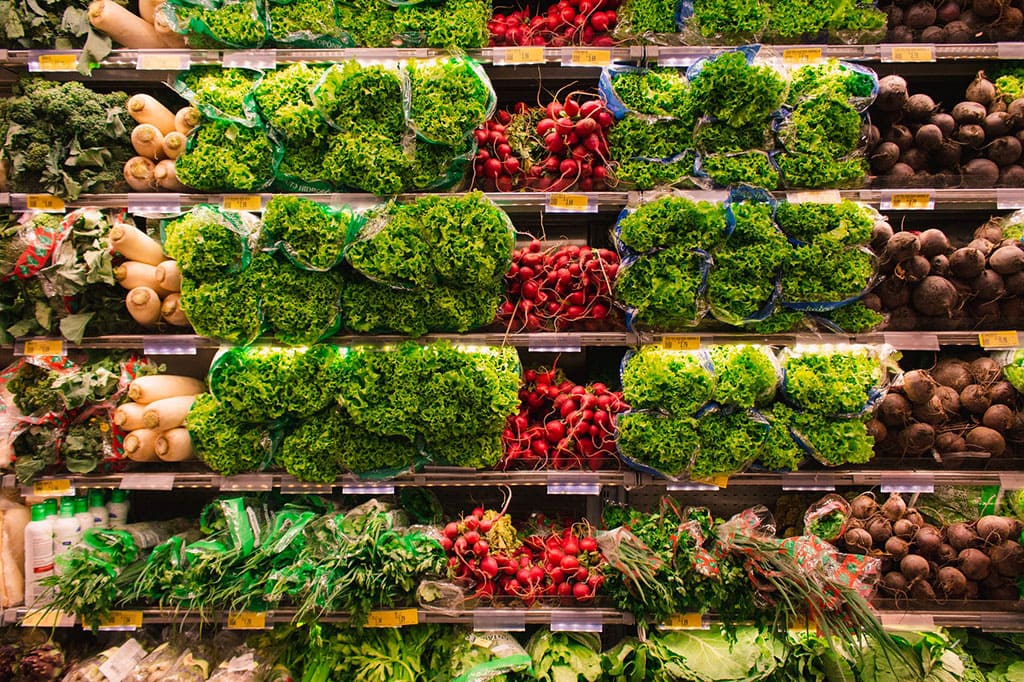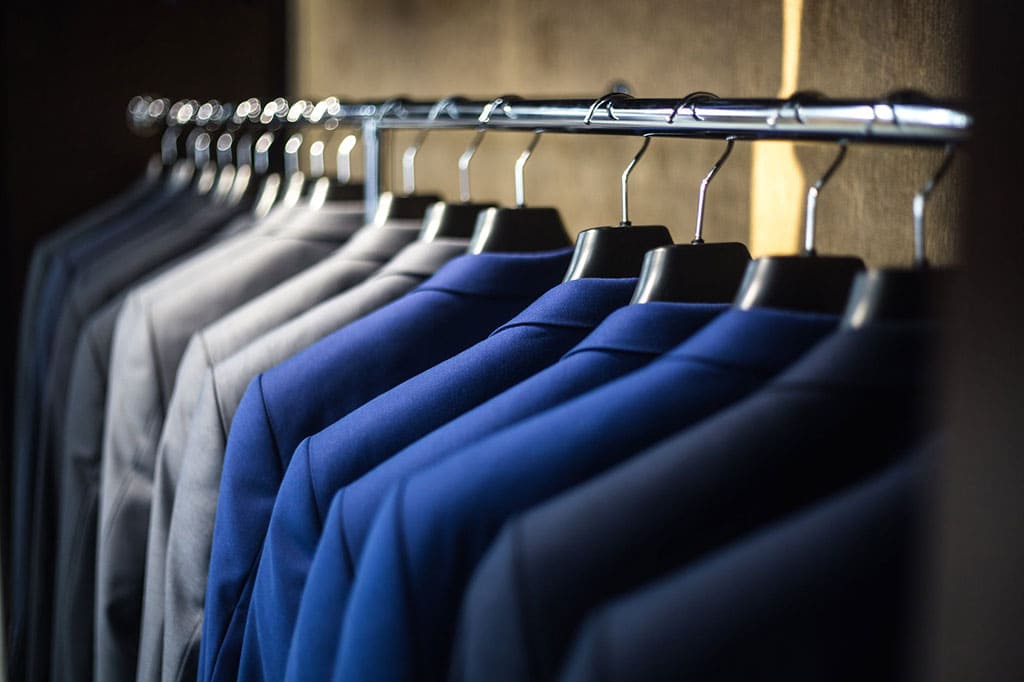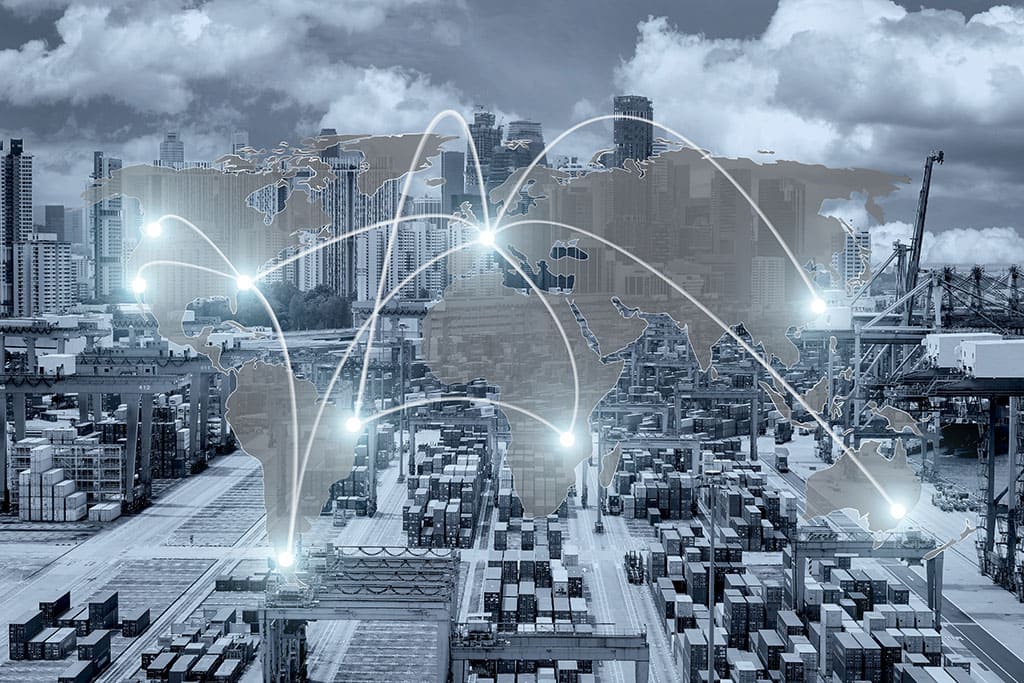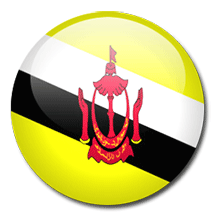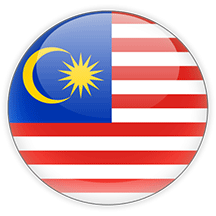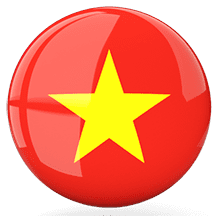Food waste is a colossal problem, around the world, including in Southeast Asia. It damages global economic and environmental resources. The wastage of food comes with a huge price, as it consequently results in hiking the food prices. Then there is loss of land, water, and biodiversity, in addition to the negative impacts of climate change.
Tech and tech-driven business models have huge potential in reducing food wastage across the value chain. They can deliver a high return on investment for both traditional and foodtech companies. In many countries, food waste management is handled by governments. But the gravity of the issue is such that mere government-level efforts are inadequate. Recently, several entrepreneurs have given serious attention to this problem, and they have come up with innovative tech solutions. There are mainly three broad categories in food waste management: food waste prevention, food redistribution, and food waste recycling.
Food waste prevention
It refers to the prevention of food waste before it happens. Essentially, companies working in this space try to help restaurants/hotels/eateries prevent and minimise food waste from being generated.
Solutions coming out of Singapore are offering solutions to tackle this, by allowing chefs to have an overview of their food waste and receive feedback. This uses Artificial Intelligence and data analytics to provide insight into wasted food. From the Philippines, technology is working to prevent the problem that leads to food waste, by offering a purchasing system makes sure that orders for food are placed only when the inventory drops to a designated level.
Food redistribution
There are many tech and non-tech companies and charity organisations around the world that take surplus food from restaurants and hotels and redistribute it to the needy. Southeast Asian companies are offering many options. From B2B platforms allowing suppliers to redistribute their unsold inventory and middlemen who redistribute surplus stock of food and beverages companies, to a Thai app, that brings together restaurants and shops and consumers, for leftovers at the end of the day, thereby preventing food from being thrown out. In Malaysia, people can shop in “social supermarkets” that sell food that might be close to expiring or does not look perfect, regardless of its freshness, and that is rejected by other stores.
Food waste recycling
Food waste generated by households, restaurants, and corporations mostly end up in landfills, and its decomposition contributes to greenhouse gas emission, which can harm our environment. Some companies have found a way to address this issue by converting food waste into compost and energy. This allows food waste that comes from the farms to go back to the farms as fertiliser for future food, or is used in a biogas plant.
VCs are noticing
Of late, venture capitalists have started pouring money into the sector. During the 2018-2021 period, about US$1.4 billion was invested in food waste management startups around the world. But this amount is paltry when compared with the billions of dollars pouring into other food-tech verticals, such as food delivery and cloud kitchen.
Industry experts say that there is a lot of investor appetite in the food space around the world at the moment. Besides this, sustainability as an investment trend is popular at the moment and that will accelerate the capital flow into the sector.
More exporters and shippers have joined calls for the government to step in and address the current maritime transport issues, including vessel capacity constraints and surging freight prices, which are leading to cargo delays and revenue setbacks.
After the processed food and fresh food exporters, garment and furniture exporters have taken their turn to express frustration and ask for help with the deteriorating container shipping situation in the Philippines.
Robert Young, Philippine Exporters Confederation, Inc. (PHILEXPORT) trustee for the textile sector and president of the Foreign Buyers Association of the Philippines (FOBAP), said the garment industry is incurring millions of dollars in losses due to the supply chain squeeze.
"The issue of vessel space availability is a huge one for us and our clients. Delay is between two weeks to almost two months", said one garment company. "We are seasonal holiday heavy and [it is] very critical that goods move on time as they have a short selling period."
This situation is creating production space issues which are creating a domino effect, [such as] continuing delays in our shipment. "My concern is that even if vendors finish production of their orders, if they are not able to move [the goods], they don't get paid, [creating a] cash flow issue", said another.
This, along with other issues such as the slow release of permits and import license, rising cost of natural materials, and shortage of raw materials, adds to manufacturing costs and leads to continuing loss of business in favor of Vietnam and Indonesia, one exporter added.
Meanwhile, furniture exporters have asked the Chamber of Furniture Industries of the Philippines to help them find slots on vessels and address soaring freight rates.
Cost of freight has gone up from around $4,000 per 40-foot container to $12,000, revealed one shipper, adding this makes their products uncompetitive.
"We hope that we can resolve this soon as the worst is yet to come", the exporter said, referring to the approaching peak shipping season. The third quarter and fourth quarter surge of exports might be a nightmare with this current setup.
PHILEXPORT president Sergio Ortiz-Luis, Jr. earlier said that while this is a global issue that may be beyond anyone's control, the government and private sector must still work closely together to effectively address the logistics constraints.
Last week, PHILEXPORT reported on the difficulties encountered by food exporters in getting their shipments on international shipping lines to their customers overseas.
The Export Development Council-Networking Committee on Transport and Logistics (EDC-NCTL) held an online discussion recently with the Maritime Industry Authority (MARINA), PHILEXPORT and domestic ship owners on the unavailability of vessel space.
Among the recommendations, which will be presented to the appropriate agencies, is to encourage domestic ship owners to operate within the region to expand vessel capacity.
PHILEXPORT committed to conduct a poll among its member exporters to identify the routes where domestic vessels can focus their operations. These priority routes are those that have sufficient volumes to and from the Philippines so local ship owners will see the viability of taking the risk to launch new services.
EDC-NCTL chair Dr. Enrico L. Basilio welcomed Philippine-based logistics service provider Royal Cargo's commitment to provide its ships to transport export cargoes to their ports of destination in the region.
Royal Cargo CEO Michael Raeuber disclosed that the company has already applied for a franchise with MARINA to be able to do so.
Also suggested is for MARINA to facilitate the issuance of a Certificate of Public Convenience so domestic ships can go ahead and provide the regional service.
Source: PHILEXPORT News and Feature
Thumbnail: "Shipping container ship" by BigStock Images
Photo: "Shipping container ship" by BigStock Images
Philippine cosmetic companies are advised to ensure their notified products meet the labeling and packaging requirements stipulated under the Asean Cosmetic Directive.
In a webinar, Maria Lynette Macabeo, Food Drug Regulation Officer II at Food and Drug Administration (FDA)-Center for Cosmetics Household/Urban Hazardous Substances Regulation and Research, said the directive's Appendix II identified what comprises labeling, immediate packaging, and outer packaging.
She said labeling is the information written or printed or graphic matter on the immediate or outer packaging and any form of leaflets; immediate packaging is the container or other form of packaging immediately in contact with the cosmetic product; while the outer packaging refers to where the immediate packaging is placed.
Macabeo said the Asean cosmetic labeling guidelines include product content in weight or volume, brand and product name of the cosmetic product and its function, batch number, manufacturing/expiry date of the product in clear terms, and country of manufacture.
"Brand name is the name which may be invented or after a company name or a brand line or product line, and then the product name, this is what your product is… That's the difference between brand name and product name for cosmetic establishments that will apply for product notification," she said.
"On the expiration date, for the manufacturers here, if your product has less than 30 months shelf life (or) 2.5 years, it is required for you to declare the expiration date. But if (the shelf life of your product is) more than 30 months, you have the option to declare or not the expiration date of our products," she added.
Macabeo said the back panel of the products lists instructions for use, a full Ingredient list in descending order, special precautions if any, and the name and complete address of the company or person responsible for placing the product in the market.
She said companies applying for cosmetic product notification should indicate in the label the same product declared or specified in their application.
“Because once it is different, it would be considered a different product or unnotified since there is inconsistency in the declaration of ingredients,” Macabeo said in mixed English and Filipino.
She said the agency does not have an exhaustive list of packaging for cosmetics "as long as our packaging does not affect the stability of the cosmetic product."
In cosmetic packaging, in cases where the size, shape, or nature of the container or package does not permit or cannot fit the labeling requirements, Macabeo said leaflets/ pamphlets, hang tags, peel off labels, and shrink wrap shall be allowed.
However, the name of the cosmetic product and the manufacturer's batch number shall appear on the immediate packaging, she said.
"In labeling, it is not necessary that what we have mentioned should be the only ones specified in the front or back panel. It's up to you, we do not limit the companies with regards to the design of their cosmetic products," she added.
Macabeo said cosmetic products are substances or preparation intended to be placed in contact with the various external parts of human body or with the teeth and the mucous membranes of the oral cavity, with a view exclusively or mainly to cleaning them, perfuming them, changing their appearance and/or correcting body odor and/or protecting the body, or keeping them in good conditions.
Source: PHILEXPORT News and Feature
Thumbnail: "Cosmetics no label" from Pinterest
Photo: "Cosmetics no label" from Pinterest
More exporters and shippers have joined calls for the government to step in and address the current maritime transport issues, including vessel capacity constraints and surging freight prices, which are leading to cargo delays and revenue setbacks.
After the processed food and fresh food exporters, garment and furniture exporters have taken their turn to express frustration and ask for help with the deteriorating container shipping situation in the Philippines.
Robert Young, Philippine Exporters Confederation, Inc. (PHILEXPORT) trustee for the textile sector and president of the Foreign Buyers Association of the Philippines (FOBAP), said the garment industry is incurring millions of dollars in losses due to the supply chain squeeze.
"The issue of vessel space availability is a huge one for us and our clients. Delay is between two weeks to almost two months", said one garment company. "We are seasonal holiday heavy and [it is] very critical that goods move on time as they have a short selling period."
This situation is creating production space issues which are creating a domino effect, [such as] continuing delays in our shipment. "My concern is that even if vendors finish production of their orders, if they are not able to move [the goods], they don't get paid, [creating a] cash flow issue", said another.
This, along with other issues such as the slow release of permits and import license, rising cost of natural materials, and shortage of raw materials, adds to manufacturing costs and leads to continuing loss of business in favor of Vietnam and Indonesia, one exporter added.
Meanwhile, furniture exporters have asked the Chamber of Furniture Industries of the Philippines to help them find slots on vessels and address soaring freight rates.
Cost of freight has gone up from around $4,000 per 40-foot container to $12,000, revealed one shipper, adding this makes their products uncompetitive.
"We hope that we can resolve this soon as the worst is yet to come", the exporter said, referring to the approaching peak shipping season. The third quarter and fourth quarter surge of exports might be a nightmare with this current setup.
PHILEXPORT president Sergio Ortiz-Luis, Jr. earlier said that while this is a global issue that may be beyond anyone's control, the government and private sector must still work closely together to effectively address the logistics constraints.
Last week, PHILEXPORT reported on the difficulties encountered by food exporters in getting their shipments on international shipping lines to their customers overseas.
The Export Development Council-Networking Committee on Transport and Logistics (EDC-NCTL) held an online discussion recently with the Maritime Industry Authority (MARINA), PHILEXPORT and domestic ship owners on the unavailability of vessel space.
Among the recommendations, which will be presented to the appropriate agencies, is to encourage domestic ship owners to operate within the region to expand vessel capacity.
PHILEXPORT committed to conduct a poll among its member exporters to identify the routes where domestic vessels can focus their operations. These priority routes are those that have sufficient volumes to and from the Philippines so local ship owners will see the viability of taking the risk to launch new services.
EDC-NCTL chair Dr. Enrico L. Basilio welcomed Philippine-based logistics service provider Royal Cargo's commitment to provide its ships to transport export cargoes to their ports of destination in the region.
Royal Cargo CEO Michael Raeuber disclosed that the company has already applied for a franchise with MARINA to be able to do so.
Also suggested is for MARINA to facilitate the issuance of a Certificate of Public Convenience so domestic ships can go ahead and provide the regional service.
Source: PHILEXPORT News and Feature
Thumbnail: "Shipping container ship" by BigStock Images
Photo: "Shipping container ship" by BigStock Images
An e-commerce platform focusing on business-to-business export deals has dedicated much of its works to help Indonesian small and medium enterprises reach global audience.
While a vast majority of Indonesian businesses are SMEs, few have managed to secure overseas customers.
Most recently, the company assisted a small company in the Central Java capital of Semarang to secure pineapple supply deal with a wholesaler in the United Arab Emirates and even facilitated the maiden shipment. The company’s research team has identified commodities Indonesia may have advantage over other suppliers and certain markets which are more likely to buy them. For example, Middle East countries have a strong demand for Indonesian agro commodities and fresh food, the UK has been long known as key importer of Indonesian spices, tea and coffee, while Western Africa intends to buy Indonesian packed food and beverages.
The company has received support from the Cooperatives and SME Ministry and is currently in talks with the Trade Ministry to deepen cooperation with the government, which is struggling to boost international trade surpluses. Founded last year, the company aims to bring more than 100,000 Indonesian companies with over 1million products to its platform to conduct cross-border and domestic trading “in a trusted and transparent environment” by 2025, Bhat said.
Source: JakartaGlobe
Read the full article here
Thailand’s farm and food industry has been constantly incorporating new innovations in an effort to meet the increasingly sophisticated demands for innovative foods of a global market that is becoming swamped with virtually endless options.
Staying ahead of the game in this hugely competitive environment requires access to a wide diversity of raw materials on vast agricultural plantations and a well-developed supply chain. Leveraging advancements in digitalization and utilising deep technology such as 3D printing, AI and big data, the Thai agri-food industry is also producing foods that align with mainstream intelligence technology as well as addressing environmental concerns, while increasing transparency of production processes and improving safety standards.
The Thai government has identified “Future Food” as an industry that will become a key economic driving engine, as a combination of a passionate new generation of food producers, digitalization and food technology has elevated Thailand’s place to a global level in this exciting new industry. The government’s food development plan focuses on four areas: building new entrepreneurs, scaling innovations, utilising online marketing platforms and improving the ease of doing business. The government’s policy to streamline its digital databases and the operations of all of its agencies, as directed by an act enacted in 2019, will further enhance Thailand’s standing as one of the most promising locations for investment in the food industry.
The Thai government envisages Thailand becoming a key global player in the “Future Food” market – a new genre of food that is both functional and novel, often involving R&D and technology-enabled production processes and services.
“SPACE-F”2, Thailand’s first global food tech start-up incubator and accelerator, is now running Batch-II acceleration. Run by the National Innovation Agency, Mahidol University and Thai multinational food conglomerates, SPACE-F aims to serve as a platform on which promising entrepreneurs can receive mentorship and guidance from corporations, venture capital firms, corporate venture capital firms, and agencies that will empower them to scale up their food tech start-ups to succeed on the global scale. Reflecting their interest in food tech start-ups, local multinational food companies have also teamed up with start-up funds to invest in food tech start-ups worldwide.
The Thailand Board of Investment has also introduced tax incentives throughout the supply chain of the agri-food businesses, with a special focus on technology in the form of R&D, productivity enhancement, agri-tech, high-technology quality testing, plant factories and sustainability certification
Source: Bangkok Post
Read the full article and learn more about the tax incentives here
Following the successful 2nd Philippines-Hungary Joint Committee on Economic Cooperation meeting in December 2020, both countries renewed their commitments to intensify two-way trade and investment relations in the 1st Hungary-Philippines Online Business Matchmaking Event on 18-20 May 2021. The first day of the virtual event focused on trade, while the second on investments, and the last was allocated for the B2B matchmaking. The three-day event was attended by over 300 participants from both the Philippine and Hungarian business and government sectors. The B2B matchmaking was likewise a success, with 122 registered participants from both countries.
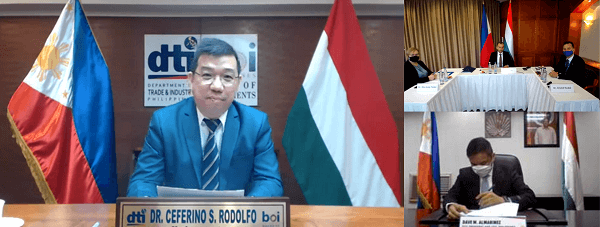
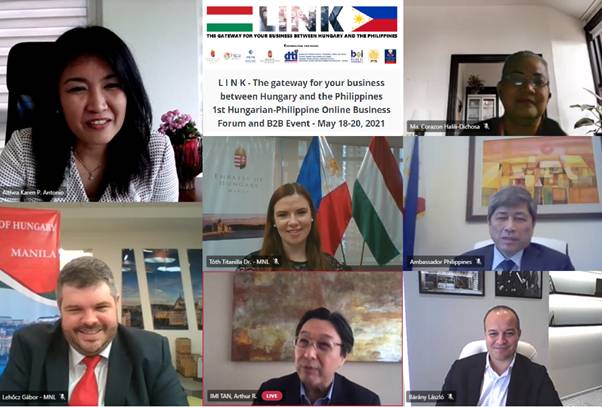
SOUTH-EAST Asia remains the top choice for Singapore startups and businesses as they continue to scale up their efforts despite, or perhaps because of Covid-19, given that this is an area with heightened focus as countries search for solutions and opportunities.
International projects increased by about 25 per cent, from 360 projects in the first 10 months of 2018 to about 450 projects in the same period in 2020. Markets with the highest number of projects include Malaysia, Indonesia, Vietnam, Thailand, and the Philippines said Enterprise Singapore's (ESG) assistant chief executive officer, Tan Soon Kim in an interview with The Business Times.
"Our companies are also increasingly interested in South-east Asia for innovation partnerships, given the region's growing emphasis to develop their innovation and startup ecosystem in the past few years," he said.
"The region has built a strong reputation in this scene, with 13 unicorns groomed here, of which seven are based in Singapore. The region has also been attracting a significant number of global investors, with many parking their funds in Singapore."
Early-stage venture capital fund Wavemaker Partners has seen interest in the region growing steadily since it began investing in South-east Asia in 2012.
"On the one hand, Covid-19 affects startups the same way it affects all businesses. On the other hand, it's just another challenge among the many challenges startups have to deal with anyway," said Wavemaker managing partner Paul Santos.
"We believe change is what drives opportunities to innovate. Covid-19 is driving major changes which are resulting in opportunities for startups to innovate."
Peer-to-peer lending platform Funding Societies' co-founder Kelvin Teo takes a similar view.
"Covid-19 was a watershed moment for startups in many sectors. However, it has also built significant resilience and maturity among surviving firms, which serve as a solid foundation to become impactful companies," he said.
From its founding in 2015, Funding Societies has been busy. It launched in Indonesia in January 2016 under the name Modalku and in Malaysia in February 2017. In October this year, FS Capital was approved as a participating financial institution under ESG's Enterprise Financing Scheme enabling it to offer working capital loans and trade loans to more SMEs.
Even as the team keep their eye on this ball, they aim to selectively enter new countries in the region and strategically explore new business models as they contemplate their next stage of evolution, said Mr Teo.
"We typically invest considerable time to prepare before entering a new market. We're passionate about Thailand have had a SWAT team there since late-2019, with high hopes for 2021."
Startups in the region are learning to tap government initiatives to build up their innovation ecosystem.
In Thailand, for instance, the National Innovation Agency is currently in discussion with banks to provide loans with zero or low interest for startups. Meanwhile, Malaysia has funding for high-tech startups and is also promoting equity crowdfunding.
In Vietnam, the National Agency for Technology Entrepreneurship and Commercialisation Development under the Vietnam Ministry of Science and Technology signed a Memorandum of Understanding with ESG in 2018 to facilitate two-way collaborations for startups, ecosystem builders and tertiary institutions.
On the local front, ESG has seen growing interest in its Global Innovation Alliance (GIA) Acceleration Programmes, with the number of participating companies in GIA tripling from 103 in 2019 to 370 in 2020.
On Monday, Minister of State for Trade and Industry Alvin Tan announced the expansion of the network to include Manila, in addition to existing nodes in Jakarta, Bangkok, and Ho Chi Minh City. The latter programmes have begun their first runs this year and there are plans for programming in GIA Manila to commence in early 2021.
"Companies are cognisant that there is no returning to pre-Covid times. To recover and become more resilient in the future, companies, especially startups, will need to innovate to set themselves apart and gain an edge over their competitors. Collaborations with the right partners, whether through participation in co-innovation programmes or open innovation platforms, can help them develop more innovative solutions, adapt business models and accelerate access to markets where growth opportunities are abundant," said Mr Tan.
This push for collaboration runs both ways. Mr Tan noted that large companies have been working with ESG to seek solutions from SMEs and startups through platforms such as the inaugural South-east Asia Open Innovation Challenge (SEA OIC).
"Corporates in South-east Asia are particularly keen on developing new solutions to support financial inclusivity, reaching out to rural areas and small businesses via mobile, SMS or online banking. VNG Cloud from Vietnam for example, will be looking for partners to co-innovate technologies to support its eKnow Your Customer (eKYC) solution to reach out to over 60 per cent of Vietnam's population living in rural areas at the SEA OIC," he said.
The SEA OIC was also launched by Mr Tan at the Singapore Week of Innovation and TeCHnology 2020 (SWITCH 2020) on Monday. The first collaboration of its kind, the SEA OIC spans five regional corporate-level partnerships in Indonesia, Malaysia, Thailand and Vietnam. Companies that have come onboard include Central Group, Emtek Group, Hong Leong Holdings, Sunway Group and VNG Cloud.
Source: Mindy Tan / The Business Times © Singapore Press Holdings Limited. Read full article here.

